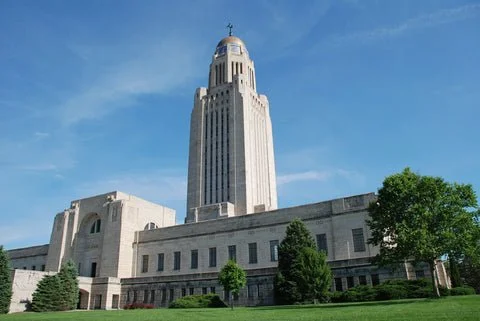Influential Designer: Bertram Goodhue
Robert F. Kennedy once said, “Some people see things as they are and ask, ”Why?” I dream things that never were and ask, “Why not?” This quote is true for many visionaries, and it is especially true for the renowned architect Bertram Goodhue.
Goodhue was born in Pomfret, Connecticut, in 1869. Due to poverty, his mother homeschooled him until the age of eleven, when he left for Russell’s Collegiate and Commercial Institute. Even though he had an informal education and zero training in architecture, his genius was perhaps evident early on as he managed to get a job as a draftsman for the architecture firm Renwick, Aspinwall, and Russell in New York City at fifteen.
Eight years after getting his start in New York City, he was hired by Ralph Adams Cram and Charles Wentworth in Boston, where he eventually became a partner. Though he seemed to thrive in Boston, Goodhue eventually made his way back to New York City when he later opened an office there. This is also where we really begin to see Goodhue’s ability to dream and ask, “why not?”
Goodhue set himself apart with his fearless ability to experiment with new and old styles. In fact, he used a variety of styles and mixed them with seeming effortlessness.
In fact, it was his fantastic desire to mix styles and refusal to adhere to the firm’s Neo-Gothic architecture that led him to depart from his firm and set out on his own. Once on his own, he synthesized Gothic, Romanesque, Art Deco, and Spanish-Revival styles. He is also credited for reviving the Byzantine, Egyptian, and Mediterranean styles.
Interestingly, because Goodhue was partially credited with popularizing the art deco style with his design of the Nebraska State Capitol, many have also viewed him as an early modernist. However, his French High Gothic design of Saint Thomas Church in New York City and the Egyptian design of the Los Angeles Central library make it hard to put this architect in a box.
And that is perhaps what makes Goodhue so fascinating. Most designers and architects have a signature style. In fact, all of the PureModern Influential Design Series designers had a genre to which they mostly adhered. Yet, Goodhue is in a class all his own. There is no genre to assign him. There is no category to put him neatly into. He is truly in a league of his own. And it is that freedom to design in any category that perhaps made him so prolific. It was his secret sauce, his genius.
His freedom to experiment with different styles is also what we can learn from him. Don’t be afraid to step out of the box. Experiment with designs and styles that you have never used before, and like Kennedy once suggested, dare to dream of what is not instead of only using and critiquing what is.
Below are a few of Bertram Goodhue’s designs. Scroll through his projects and gain inspiration to discover something new in your designs. Additionally, click here to browse our planter selection and get started on fulfilling your project dreams.





